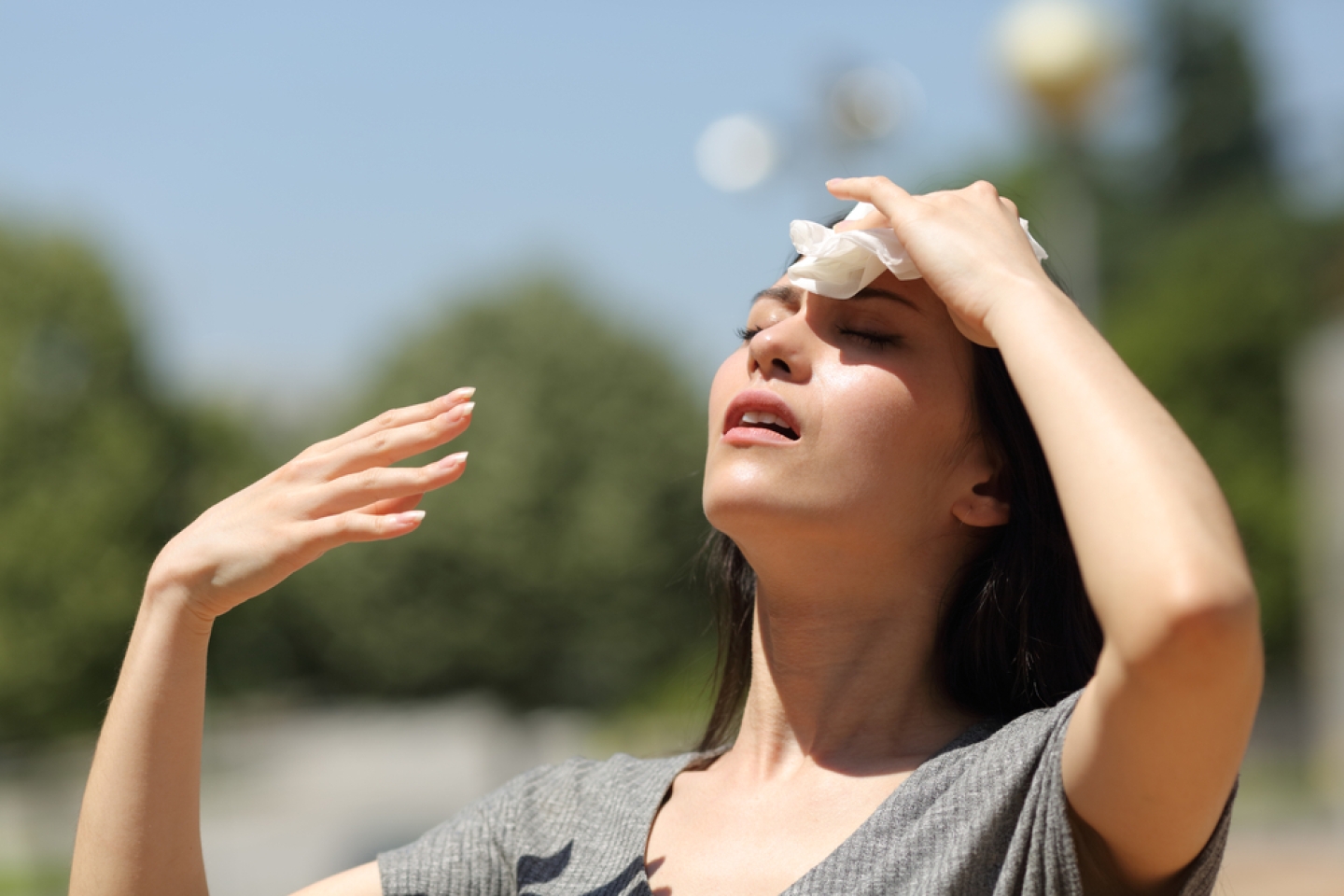
Traveling adds richness to life, but it can also add increased threat to your skin health from sun exposure. When planning your next trip, don’t forget to pack sunscreen and sun-protective clothing so you can explore your destination while safeguarding your skin.
“You can’t hide every day and not go outside,” says Anna Pavlick, D.O., a medical oncologist and director of the Cutaneous Oncology Program at Weill Cornell Medicine and NewYork-Presbyterian Hospital. “Life is meant to be lived. We just have to live safely. I tell patients they need to apply sunscreen every day, whether it’s cloudy, overcast or snowing. The most convenient way to do that is to have a bottle of sunscreen in the bathroom. So, when you get out of the shower and have dried off, rather than putting on body lotion, apply sunscreen top to bottom.”
Like many people, when you travel, you may enjoy hiking in the wilderness, strolling the beach or exploring the streets of a new city. Depending on your destination, these activities may expose you to more ultraviolet radiation from the sun than you get at home.
Snow and sand, with their reflective qualities, increase exposure to ultraviolet B (UVB) radiation. UVB is more harmful than its twin, ultraviolet A (UVA), according to the Centers for Disease Control and Prevention. However, UVA still occurs at high levels during the day and plays a bigger role in premature skin aging than UVB.
If you’re a person of color, don’t assume skin cancer can’t affect you. People with richly pigmented skin can develop skin cancer, although the signs may look different than in people with less melanin in their skin. Take basal cell carcinoma, for example, the most common type of skin cancer.
“When basal cell carcinoma presents in populations of color, almost 50% or more of the time, it’s pigmented,” says Andrew Alexis, M.D., MPH, vice chair for diversity and inclusion for the Department of Dermatology and dermatologist at the Center for Diverse Skin Complexions at Weill Cornell Medicine. “So, instead of being pink and pearly, as it would typically occur in someone with lighter pigmented skin, in someone with more darkly pigmented skin, this same cancer would look like a brown spot that scabs easily. It might fall off and come back. This would be a signal that it’s something to get checked.”
Be sure the following sun safety items make it into your luggage:
During your trip, apply 1 fluid ounce of sunscreen—the equivalent of a full shot glass—to uncovered skin at least 15 minutes before going outside. Reapply every two hours.
When you return home from your trip, you’ll settle back into your normal routine—and that should include a monthly skin self-exam to check for signs of skin cancer. Use the first five letters of the alphabet to help you remember what to look for:
Need help staying on top of skin health? Find a dermatologist at Weill Cornell Medicine.